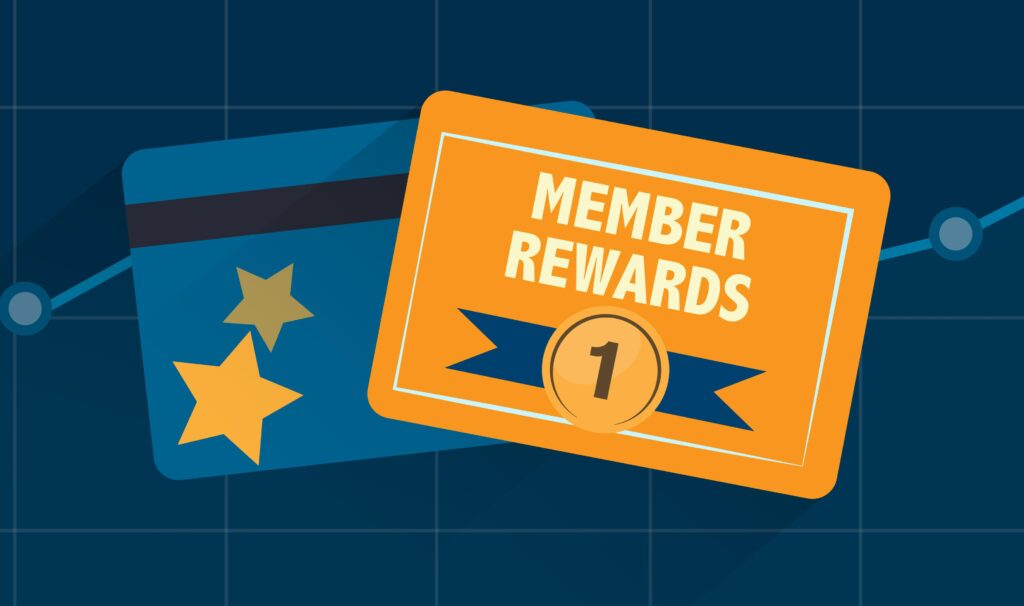
In today’s competitive business landscape, customer loyalty is more important than ever. Repeat customers not only contribute to a steady revenue stream but also serve as brand advocates, driving referrals and influencing others’ purchasing decisions. One effective strategy to foster customer loyalty is through the implementation of well-designed loyalty programs. These programs incentivize and reward customers for their repeat business, creating a mutually beneficial relationship between the customer and the brand. In this article, we will explore the benefits and best practices of developing loyalty programs to encourage repeat business. From designing attractive rewards to leveraging technology and data, we will guide you in creating effective loyalty programs that drive customer retention and long-term success.
I. Understanding the Importance of Customer Loyalty
- Revenue Growth: Repeat customers tend to spend more and contribute to a significant portion of a company’s revenue. By developing loyalty programs, businesses can incentivize customers to return and increase their overall spending, driving revenue growth.
- Positive Brand Advocacy: Loyal customers are more likely to become brand advocates, recommending the business to others. Their positive word-of-mouth and referrals can significantly impact the brand’s reputation and attract new customers.

II. Designing Attractive Loyalty Program Rewards
- Tiered Reward Structure: Implement a tiered reward structure that offers increasing benefits based on customer loyalty. Customers can progress through different tiers as they make repeat purchases, unlocking more exclusive perks and rewards.
- Point-Based Systems: Adopt a point-based system where customers earn points for each purchase. These points can be redeemed for discounts, free products, or other incentives, creating a sense of value and encouraging repeat business.
III. Personalizing the Loyalty Experience
- Customer Segmentation: Segment your customer base to tailor loyalty program offers and rewards to specific customer groups. By understanding their preferences and behaviors, you can create personalized experiences that resonate with each segment.
- Special Occasion Rewards: Recognize and celebrate important milestones in the customer’s journey, such as birthdays or anniversaries, by offering special rewards or exclusive discounts. This personal touch enhances the emotional connection and encourages continued loyalty.
IV. Leveraging Technology and Data
- Customer Data Collection: Collect and analyze customer data to gain insights into their preferences, purchase patterns, and engagement with your brand. This data serves as a foundation for designing targeted loyalty program offers and identifying opportunities for improvement.
- Mobile Applications and Digital Platforms: Utilize mobile applications or digital platforms to facilitate the enrollment and management of loyalty programs. These platforms provide convenience for customers and allow businesses to deliver personalized offers, track customer activity, and provide a seamless experience.
V. Promoting and Communicating the Loyalty Program
- Clear Program Communication: Clearly communicate the benefits, structure, and rewards of the loyalty program to customers. Use multiple channels, such as email marketing, social media, and in-store signage, to educate customers about the program and its value.
- Ongoing Engagement: Engage with loyalty program members regularly by providing updates on new rewards, exclusive offers, and upcoming events. Keep them informed and excited about the program, reinforcing their loyalty and encouraging continued engagement.
VI. Monitoring and Analyzing Program Performance

- Key Performance Indicators (KPIs): Establish KPIs to track the performance of your loyalty program, such as customer retention rate, average order value, and program participation. These metrics provide insights into the program’s effectiveness and help identify areas for improvement.
- Continuous Improvement: Regularly evaluate the program’s performance and gather feedback from customers to identify opportunities for enhancement. Make necessary adjustments to ensure the program remains relevant and appealing to customers.
In conclusion, developing a loyalty program is a powerful strategy to encourage repeat business and foster customer loyalty. Here are the key points to remember:
- Repeat customers drive revenue growth and positive brand advocacy.
- Design attractive rewards, such as tiered structures and point-based systems, to incentivize repeat business.
- Personalize the loyalty experience through customer segmentation and special occasion rewards.
- Leverage technology and data to enhance program management and customization.
- Promote the program effectively and communicate its value to customers.
- Monitor program performance and continuously improve based on customer feedback.
If you need assistance in developing a loyalty program to encourage repeat business, contact our Vietnam team today! Let us guide you in developing an effective loyalty program that sets your business apart and creates a loyal customer base.

Leave a Reply